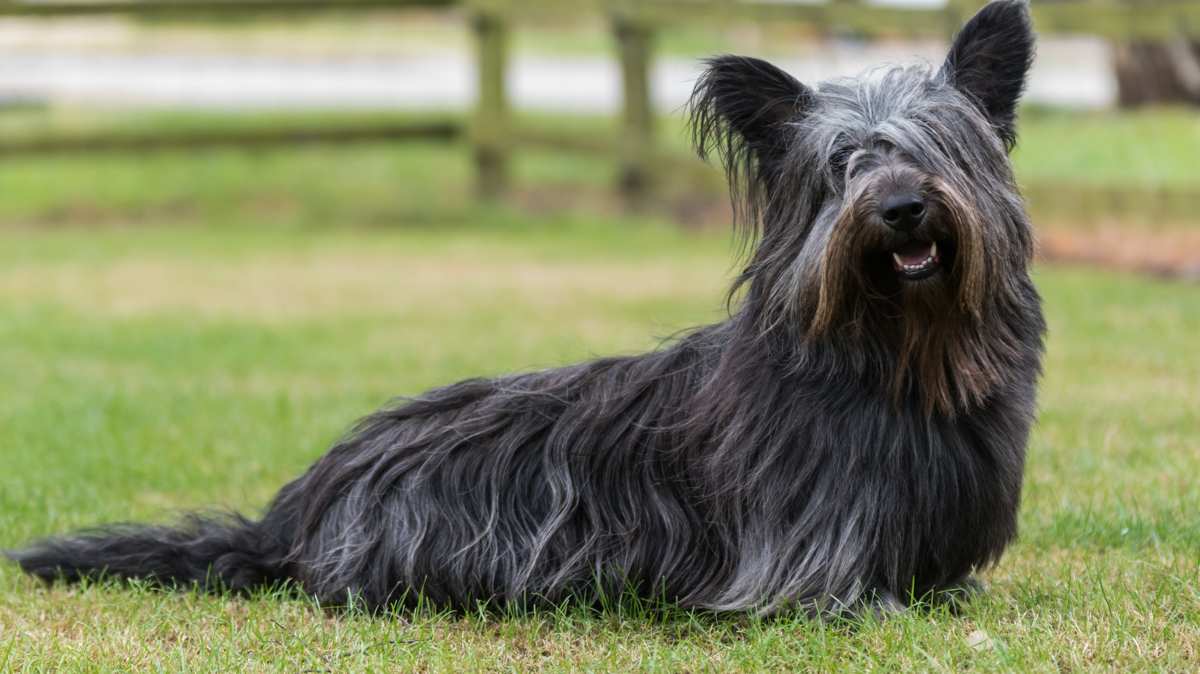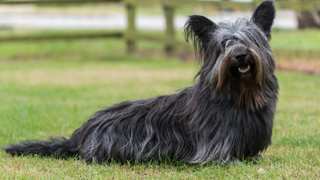Skye Terrier Breed Details
The Skye Terrier, as its name suggests, is a member of the Terrier group of breeds. Dogs of this breed are quite rare, and were created centuries ago to hunt vermin and small game, but are now considered companion dogs; as such, they're great for families of any size (particularly those with older children), seniors, and anyone who can provide their Skye with plenty of love and attention.
A few breed specifications: Skyes are small- to medium-sized (height at the shoulders is about 10 inches, and weight averages 32 pounds), with long-haired, double-layered coats that come in various shades of brown and gray. Here are some good (and not so good) qualities of this rare breed:
PROS:
- Affectionate and good-natured
- Intelligent
- Good watchdog abilities
- Adapts well to apartment life
- Excellent health
- Good for first-time owners
- Comical, playful demeanor
- Adaptable to a variety of climates
- Great for families with children (especially older ones)
CONS:
- Can be stubborn and willful
- Requires early socialization with humans and other animals
- Will turn destructive if bored or left alone
- Extremely high prey drive; will chase and possibly injure smaller pets
- Sometimes difficult to train
- High barking tendency
- Often confrontational with other dogs
- Responds extremely poorly to harsh treatment
- May be difficult to housetrain
- Rare, and thus difficult to find/expensive to purchase

